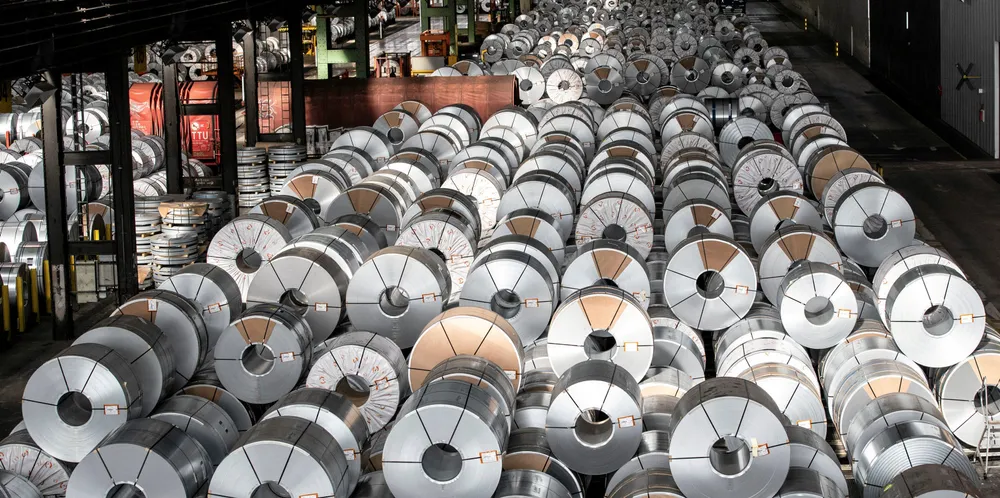Largest ever green steel investment | Salzgitter approves €723m spend on first stage of hydrogen-focused project
German steel producer will begin replacing its coal-fired blast furnaces with direct-reduction facilities that use green hydrogen to extract iron from iron ore
